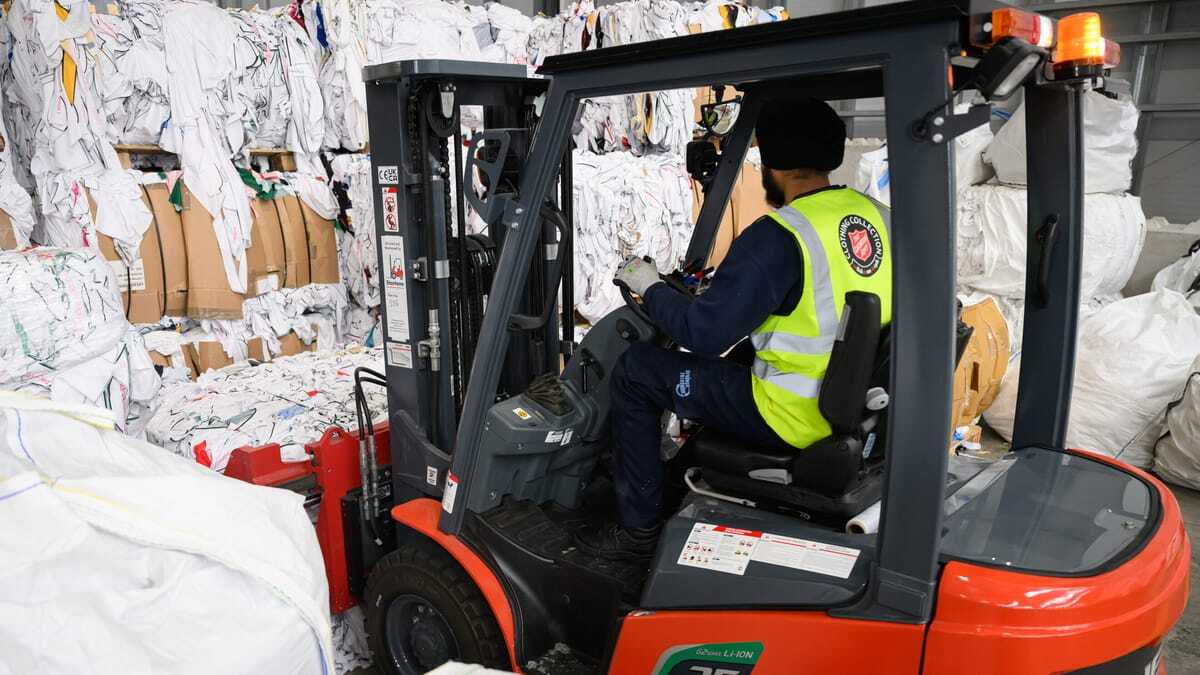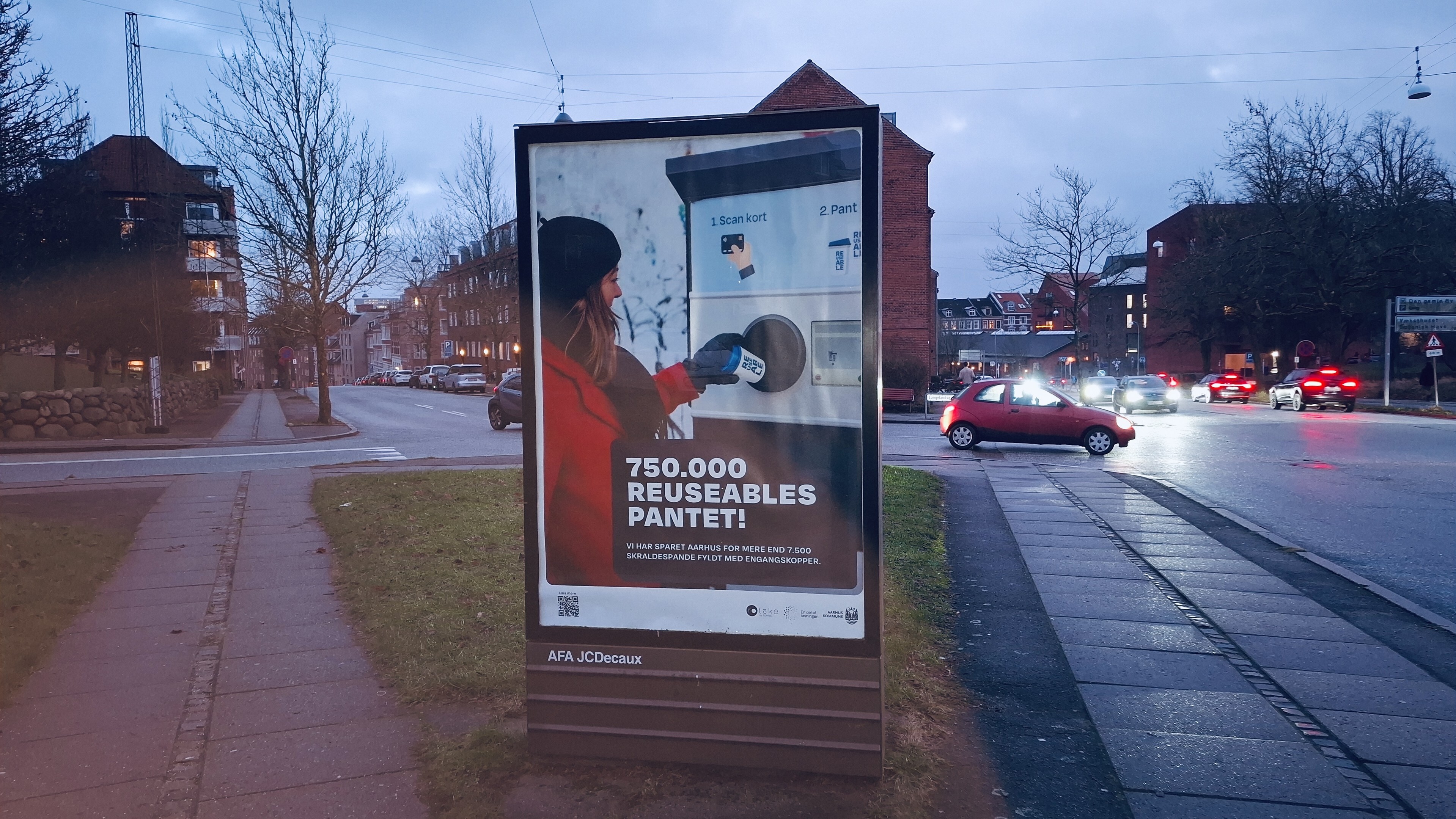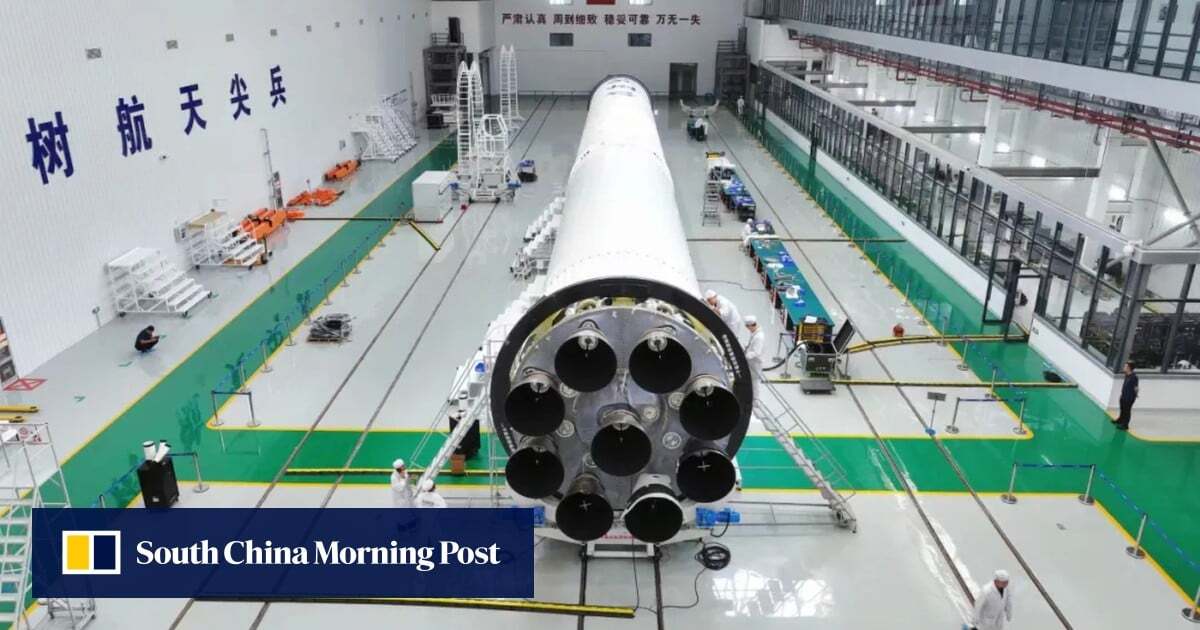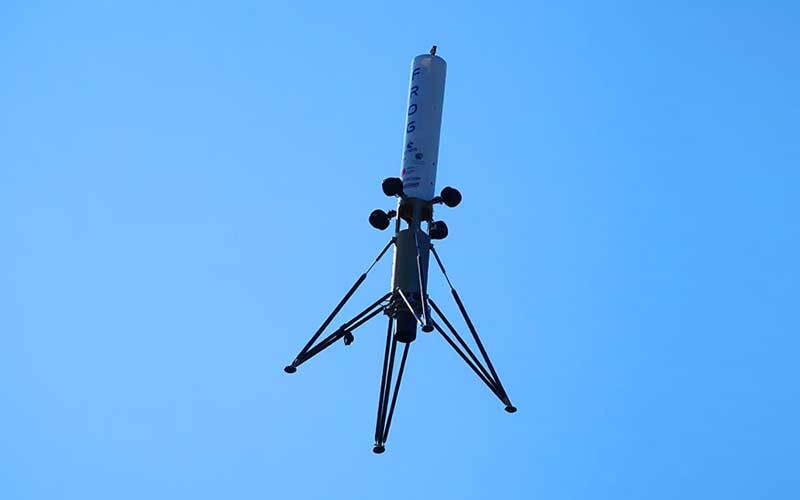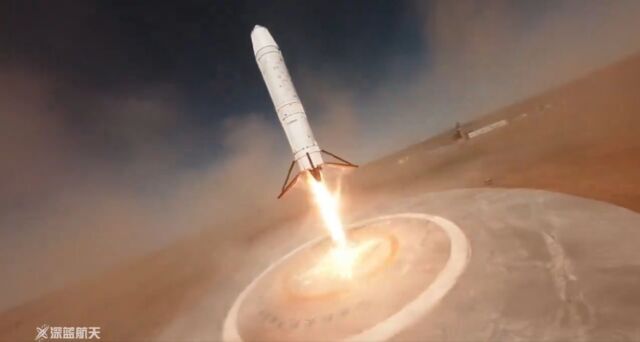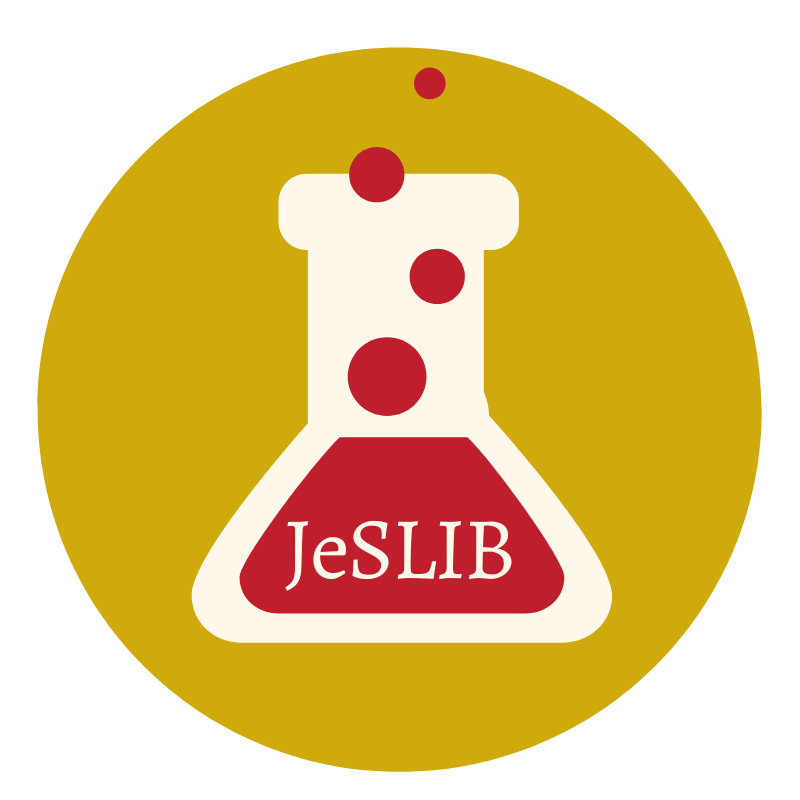The first controlled ocean #landing of a #Falcon9 booster was completed in
April 2014. This was followed a little over a year later by the first successful recovery of a Falcon 9 booster on a ground pad in
December 2015.
So, #reusable launch technologies were most certainly available during the design and early development phases of #Ariane6
https://europeanspaceflight.com/europe-will-introduce-a-reusable-launch-vehicle-in-the-2030s-says-arianespace-ceo


